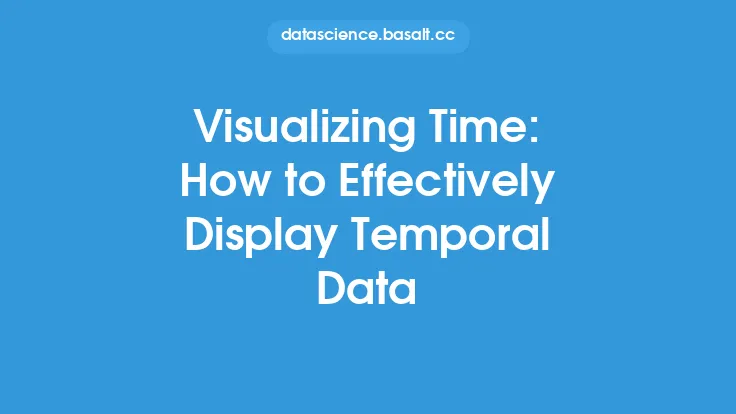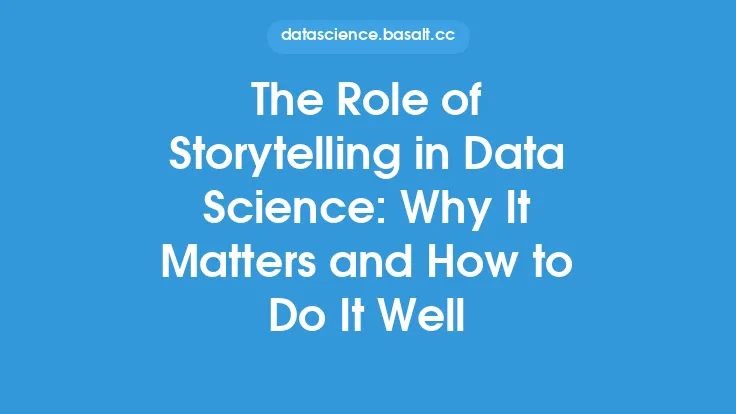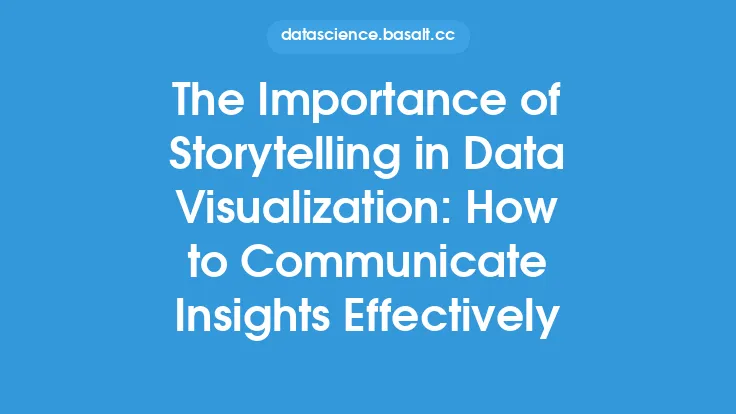Pie charts are one of the most recognizable and widely used data visualization tools. They are particularly effective for displaying how different categories contribute to a whole, making them a popular choice for presenting categorical data. However, the use of pie charts has been a subject of debate among data visualization experts, with some arguing that they can be misleading or difficult to interpret. In this article, we will explore when and how to use pie charts effectively, as well as provide guidance on how to create them and common pitfalls to avoid.
Understanding Pie Charts
A pie chart is a circular statistical graphic divided into slices to illustrate numerical proportion. Each slice represents a category, and the size of the slice is proportional to the percentage of the whole that the category represents. Pie charts can be used to display a wide range of data, from simple categorical data to more complex data sets. They are particularly useful for showing how different categories contribute to a whole, such as the market share of different companies or the proportion of different age groups in a population.
When to Use Pie Charts
Pie charts are most effective when used to display a small number of categories (typically 5-7) that add up to a whole. They are particularly useful for presenting data that has a clear hierarchical structure, such as a breakdown of a company's revenue by product category. Pie charts can also be used to display data that has a natural order or ranking, such as the proportion of different age groups in a population. However, pie charts can become confusing and difficult to interpret when there are too many categories or when the categories are not clearly labeled.
Best Practices for Creating Pie Charts
To create effective pie charts, there are several best practices to keep in mind. First, use a limited number of categories (5-7) to avoid overwhelming the viewer. Second, use clear and concise labels for each category, and consider using a legend to provide additional context. Third, use a consistent color scheme to help distinguish between categories. Fourth, avoid using 3D or other decorative effects, as these can make the chart more difficult to read. Finally, consider using a donut chart instead of a pie chart, as donut charts can be more effective for displaying multiple categories.
Common Pitfalls to Avoid
There are several common pitfalls to avoid when using pie charts. One of the most common mistakes is using too many categories, which can make the chart confusing and difficult to interpret. Another mistake is using pie charts to display data that does not add up to a whole, such as a comparison of different companies' revenue. In this case, a bar chart or other type of chart may be more effective. Additionally, pie charts can be misleading if the categories are not clearly labeled or if the chart is not properly scaled.
Technical Considerations
From a technical perspective, pie charts can be created using a variety of tools and software. Most data visualization software, such as Tableau or Power BI, offer built-in tools for creating pie charts. Additionally, programming languages such as Python and R offer libraries and packages for creating pie charts. When creating a pie chart, it is essential to consider the technical aspects of the chart, such as the size and resolution of the chart, the color scheme, and the labeling of the categories.
Interpreting Pie Charts
Interpreting pie charts requires a combination of visual and analytical skills. The viewer must be able to quickly and easily understand the proportion of each category and how they contribute to the whole. To interpret a pie chart effectively, the viewer should look for the following: the size and proportion of each slice, the labeling and color scheme used for each category, and the overall pattern or trend in the data. Additionally, the viewer should consider the context of the data and the purpose of the chart, as this can help to inform the interpretation of the results.
Conclusion
Pie charts are a powerful and widely used data visualization tool. When used effectively, they can help to communicate complex data insights and trends in a clear and concise manner. However, pie charts can also be misleading or difficult to interpret if not used properly. By following best practices and avoiding common pitfalls, data visualization professionals can create effective pie charts that help to inform and engage their audience. Whether used in business, academia, or other fields, pie charts remain an essential tool for data visualization and communication.





